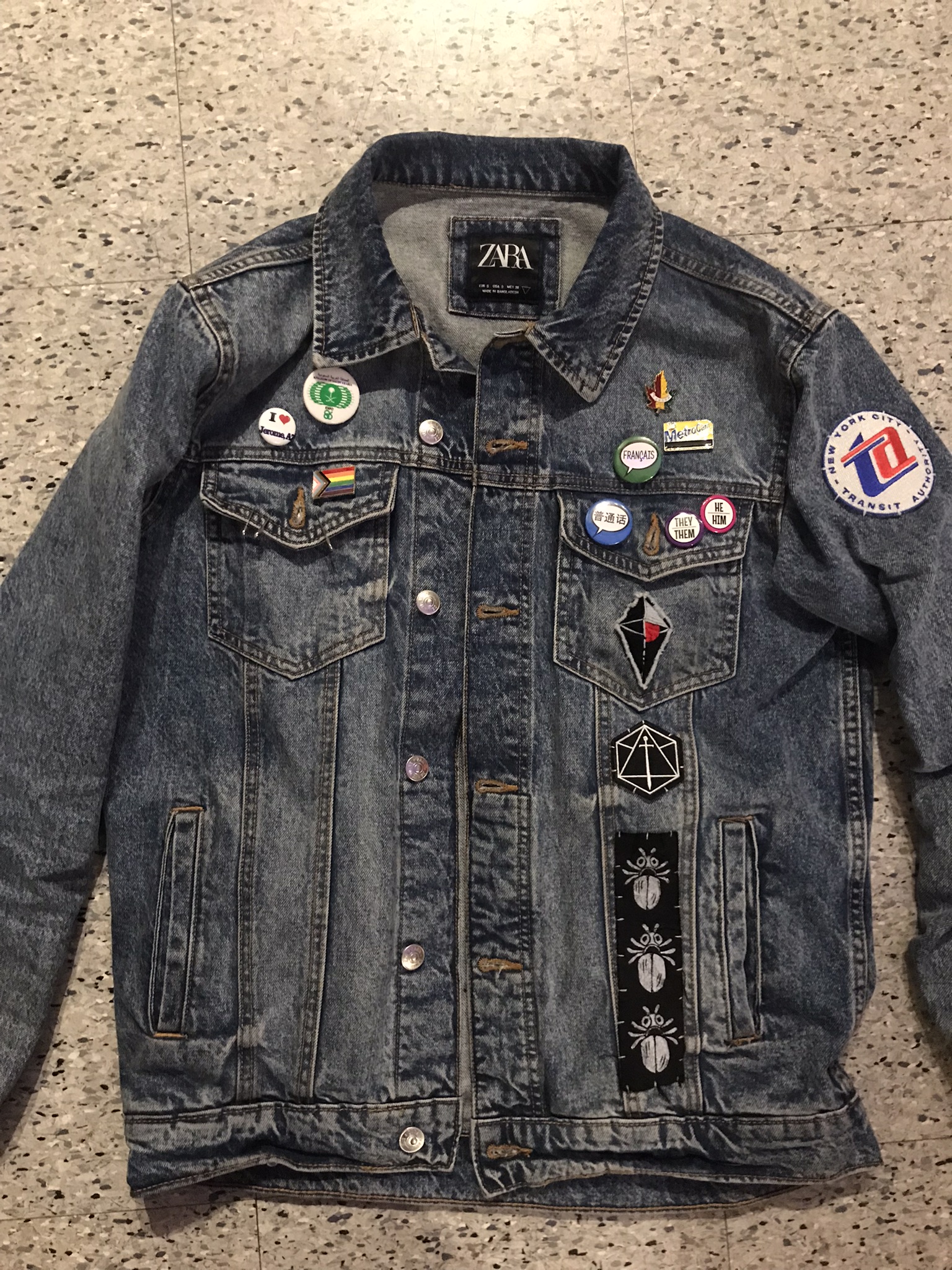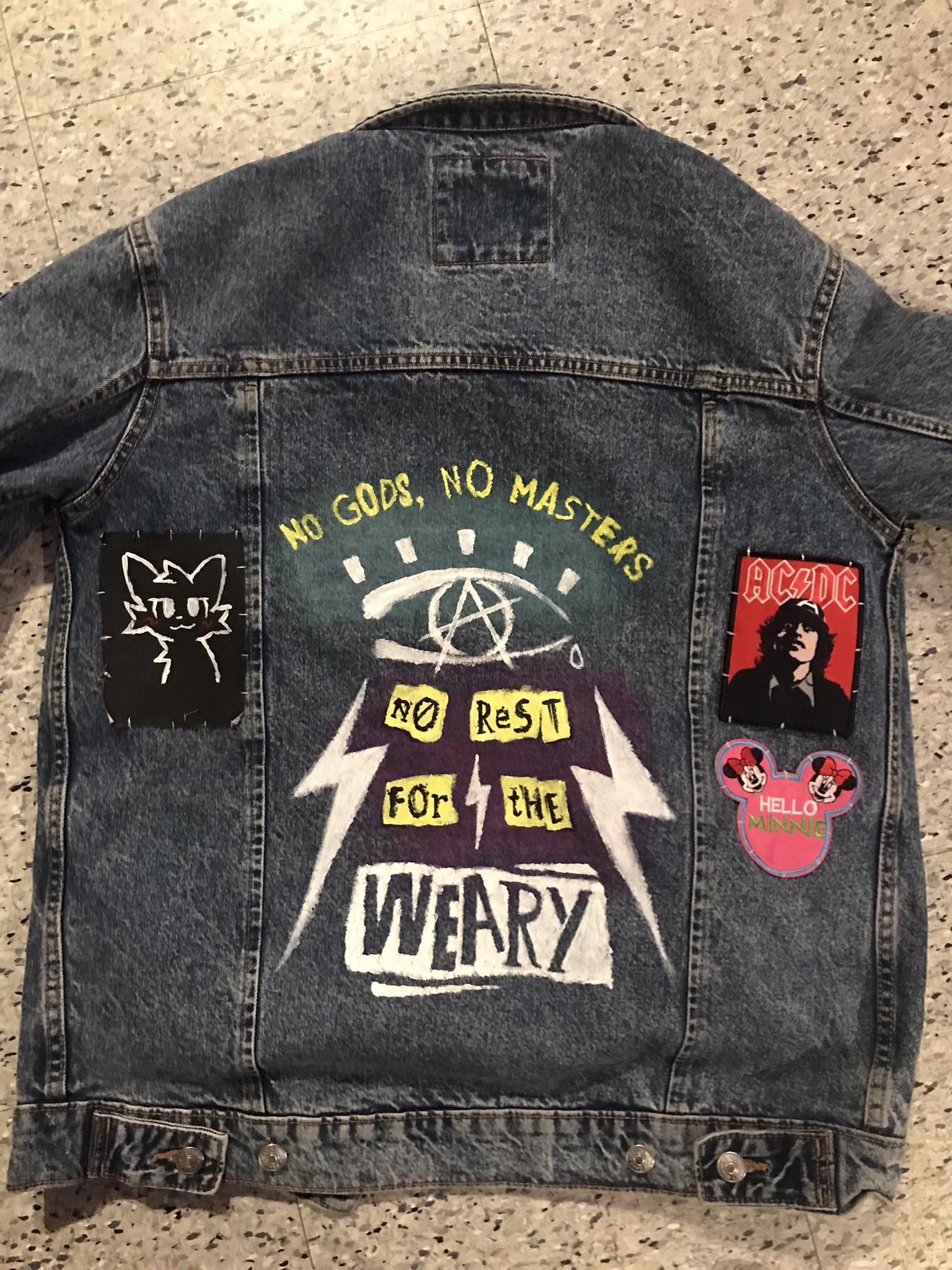The Pride Morse Manifesto - Creating A Universal Symbol System for Queer Unity
2024/04/19
But First, a Life Update
Yap sesh incoming. Click here to skip ahead.
Hey folks. It’s been a while since my last blog post. I was busy going through a character arc.
I’ll keep this short to leave space for the rest of the post. But basically I’ve been getting a new perspective on life since moving from my home city of Vancouver, Canada to Providence, Rhode Island to study art and design. Not gonna lie, the person who wrote the last two blog posts before this could not have guessed the ways I’ve changed.

There is something distinctly beautiful about wearing the marks of your relationships with other people. And yes, one of my friends (haii pookie you know who you are :3) has a “yaoi” bracelet to match the “yuri” one.
I’ve gotten a proper social life for the first time since grade school (surrounding myself with transgender stoners), and I’ve finally settled with a group of people I feel I truly belong with (found family trope IRL), and I’ve discovered self-expression through dressing punk/emo and doing my nails and wearing jewelry (among other things). And I became a furry, and holy hell has art school been kicking my ass. I’ve really had so little time to work on my website and write for my blog, and even now the only reason I can make this post is because I’m using it to document a studio project.
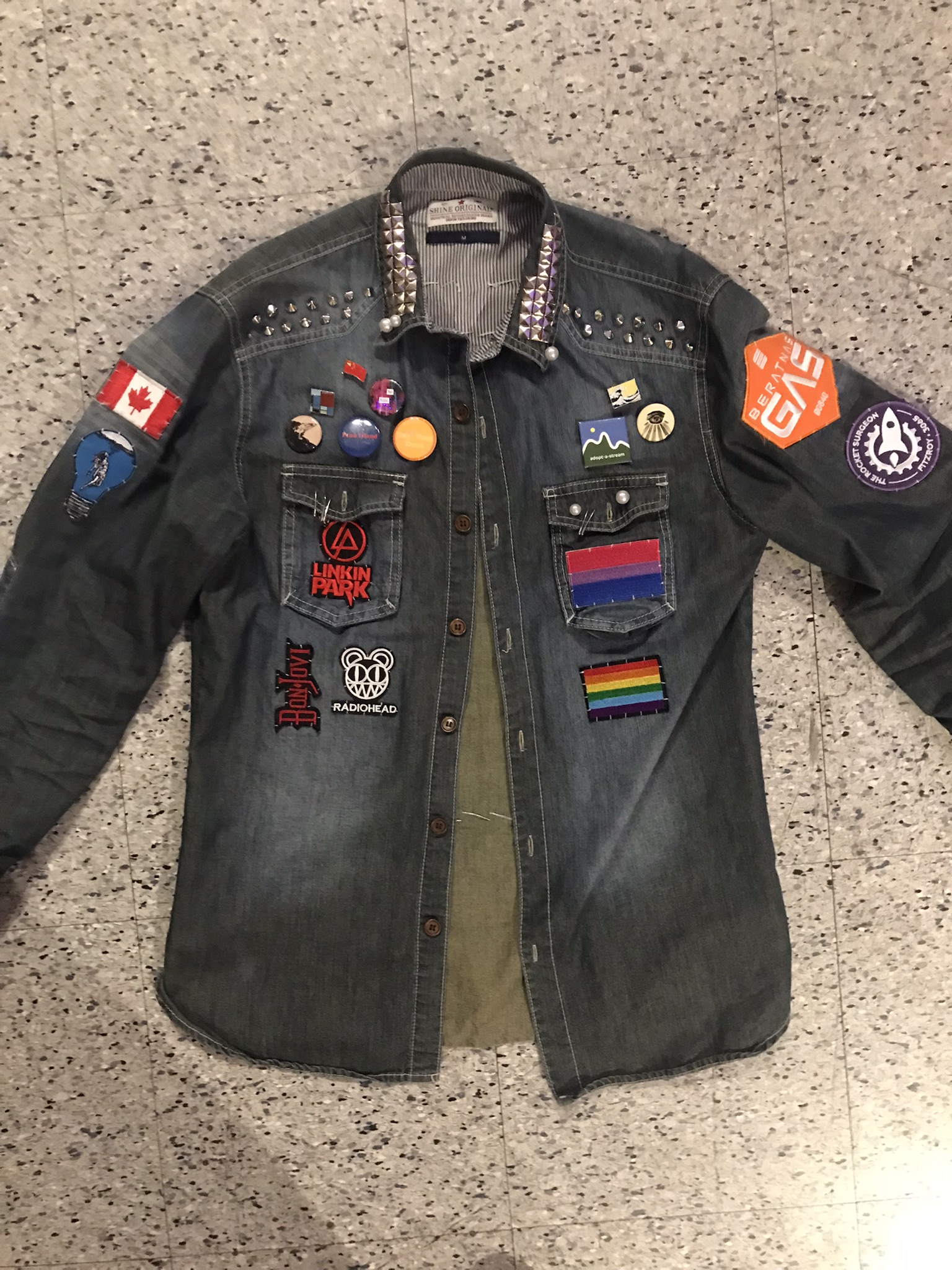
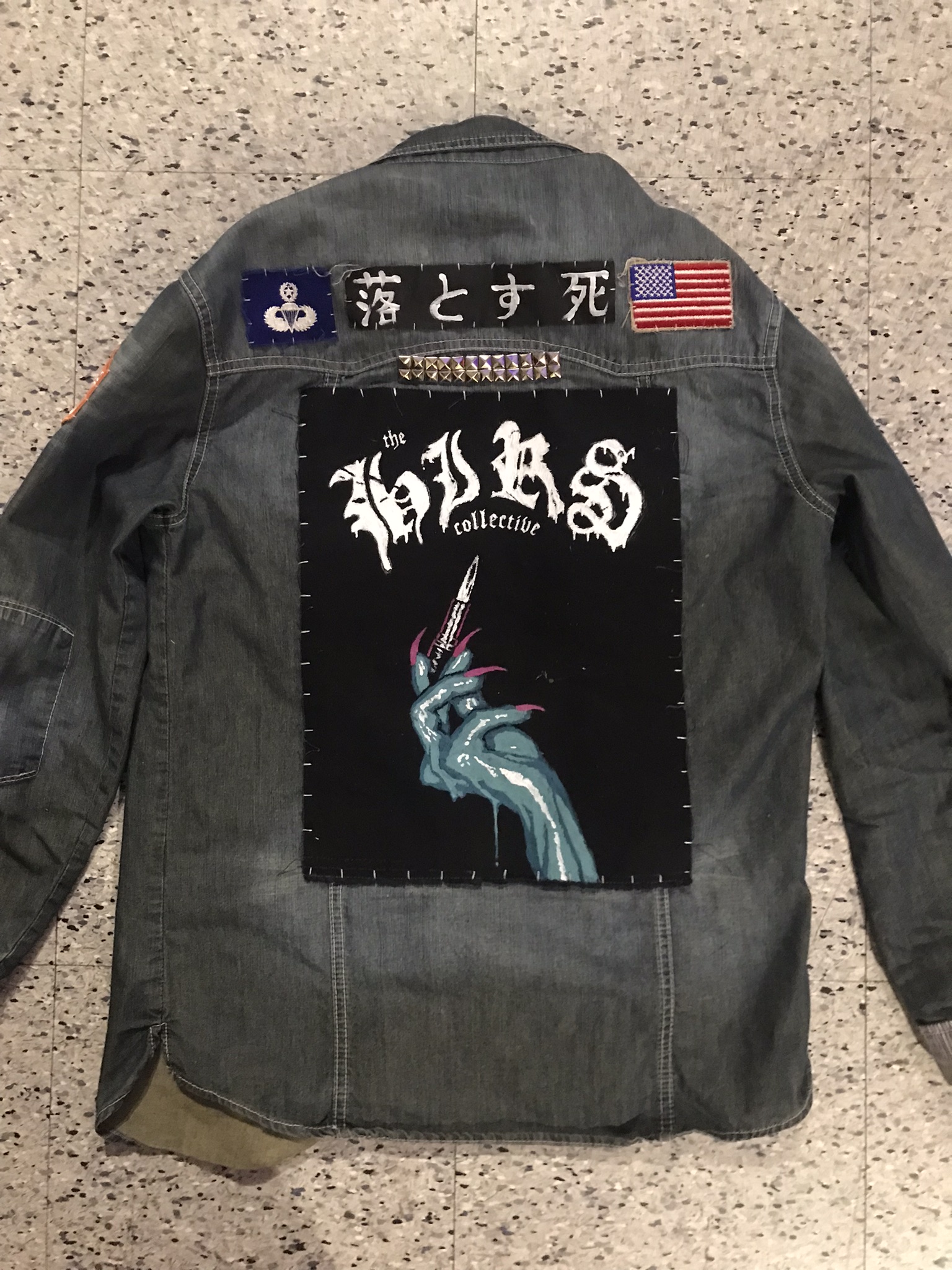
I learned how battle jackets work...
With that out of the way, I wanna get to the subject of this post. And yes, I’ll finish part two of my compact cassette guide series eventually.
In Recognition of a Problem
Queerness is difficult. In so many places around the world we’re still not allowed to exist. Transgender medical therapy is impossible to access in many countries and states, and same-sex marriage rights are not fully recognized in most countries, with some countries even enacting harsh punishments for homosexuality. Even in relatively safe places like the United States, the current political climate has not been kind to our freedoms. On a smaller scale, our families and communities are not always accepting of us; as of the writing of this post I’m not yet out to my parents as bisexual and non-binary, and the fears I face about revealing myself are shared by many of my queer friends.
Now, I’m not that person. I’m not suggesting anything radical, as much as it feels like we need radical solutions now. However, I do recognize that, more than anything else, unity helps us survive and thrive. In forming communities inclusive of all queer people, we can face adversity together, as well as establish better relationships between each other. Now here’s the thing: how can we recognize each other?
I ask this in awareness of, and in the sense of the fact that the queer community is full of symbols which we wear to label our identities and express ourselves. Take, for example, the numerous pride flags which encompass most forms of queer identity, the aro/ace ring system, and the hanky code. These already work very well to show support for the queer community, signal safety to other queer people, and display romantic and sexual preferences when dating.
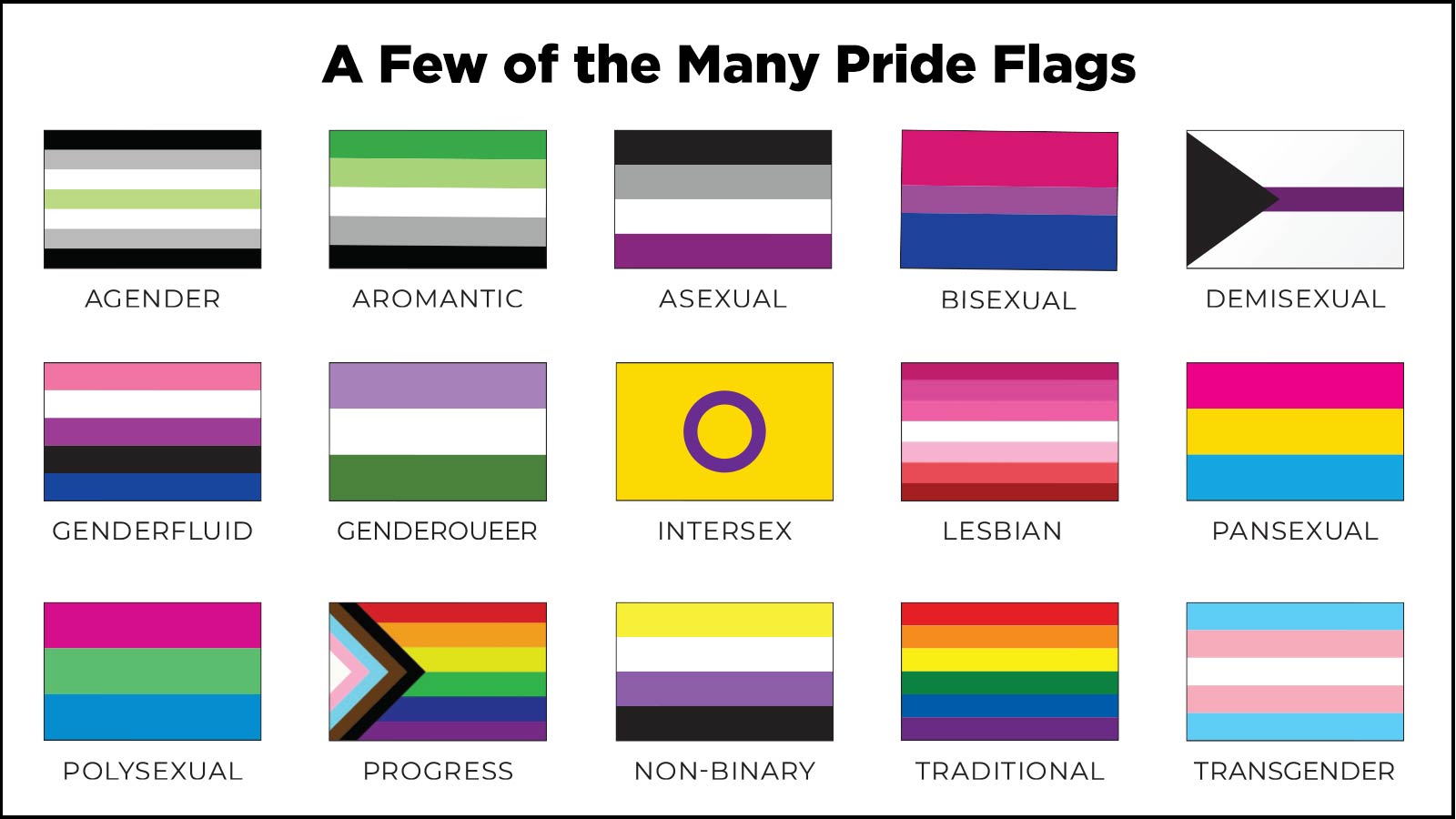
Some pride flags. Credit to udimagen.org (link currently broken).

The hanky code. Source

The asexual ring. Source
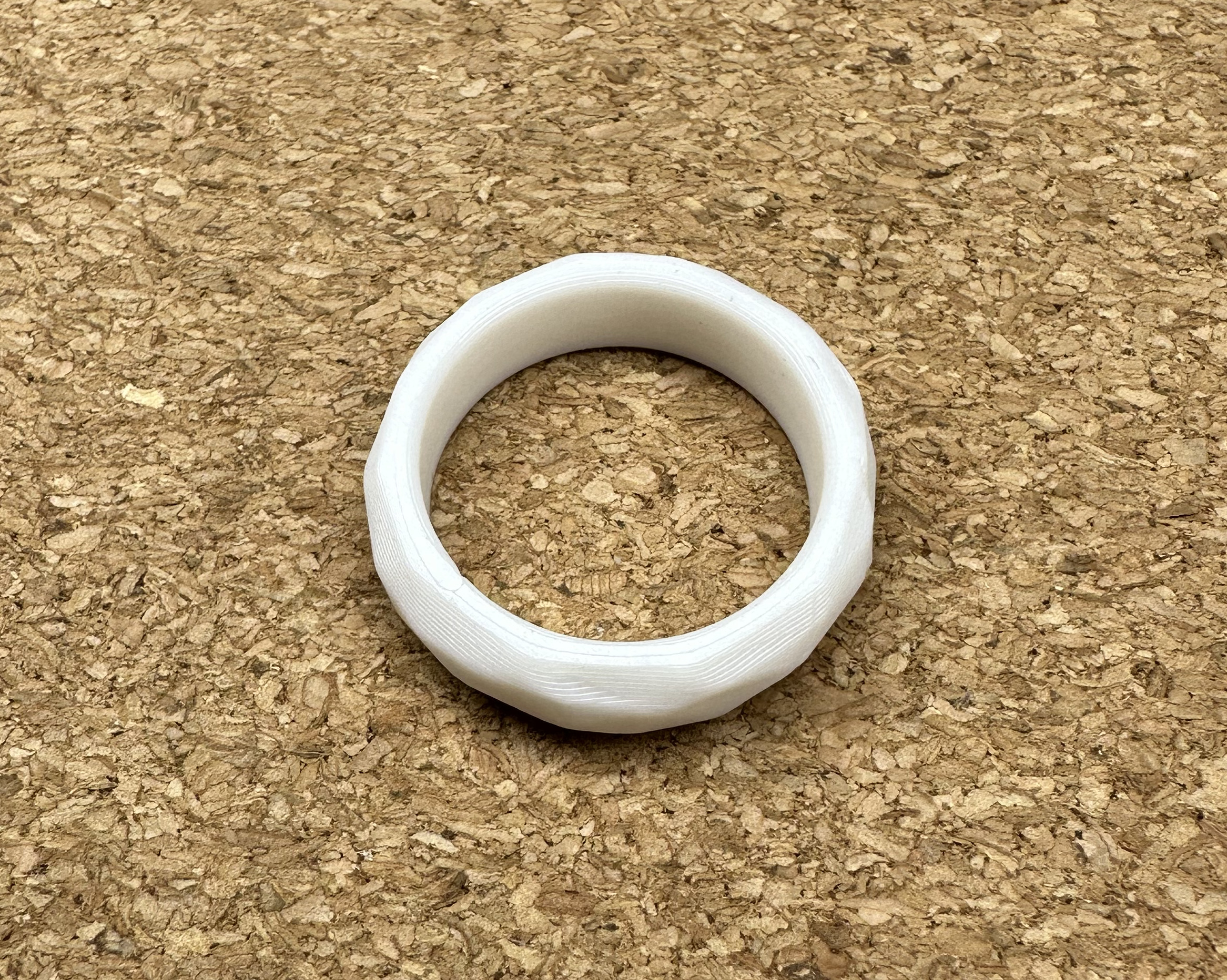
The aromantic ring. Source
There are, however, flaws to our current body of symbols. Pride flags, being distinct and discrete for different queer identities, are easily recognizable and can mark and single out a wearer when doing so might be dangerous. More discreet symbols such as aro/ace rings face the issue of appropriation—enough people wearing black rings on their right middle fingers as an aesthetic choice, for example, would inadvertently take away the symbol’s original meaning. Moreover, both those symbol systems cannot quite adapt to display the specific preferences and identities of an individual without a potentially cumbersome and unwantedly overt combination of multiple symbols and systems. That’s not even getting into the many symbols which lack consideration for the visually impaired, and the relative difficulty of creating many symbols using home craft mediums.
My Proposal
To address these flaws, then, I propose a new system of symbols to supplement our existing ones. And emphasis on supplement, not replace—I don’t want to disrupt current symbols so much as I want to provide an additional option.
This new system should address existing system flaws by:
efficiently encompassing as many queer (and potentially non-queer) identities as possible,
having discrete, easily recognizable elements,
still being discreet enough to be safely worn in most public spaces,
being resilient to appropriation and censorship,
being accessible to the visually impaired, and
being simple enough to easily implement using home craft mediums.
For this, I’m taking inspiration from the hanky code. What the hanky code has, which no other mainstream system shares, is an adaptive and codified way for people to display their sexual preferences. I want my new system to share that same feature, but where the hanky code is mostly exclusive to gay men and their specific sexual preferences, I hope to create a system of codes which can encompass a large majority of queer identities and facilitate the display of more general attributes.
Enter what I call Pride Morse.
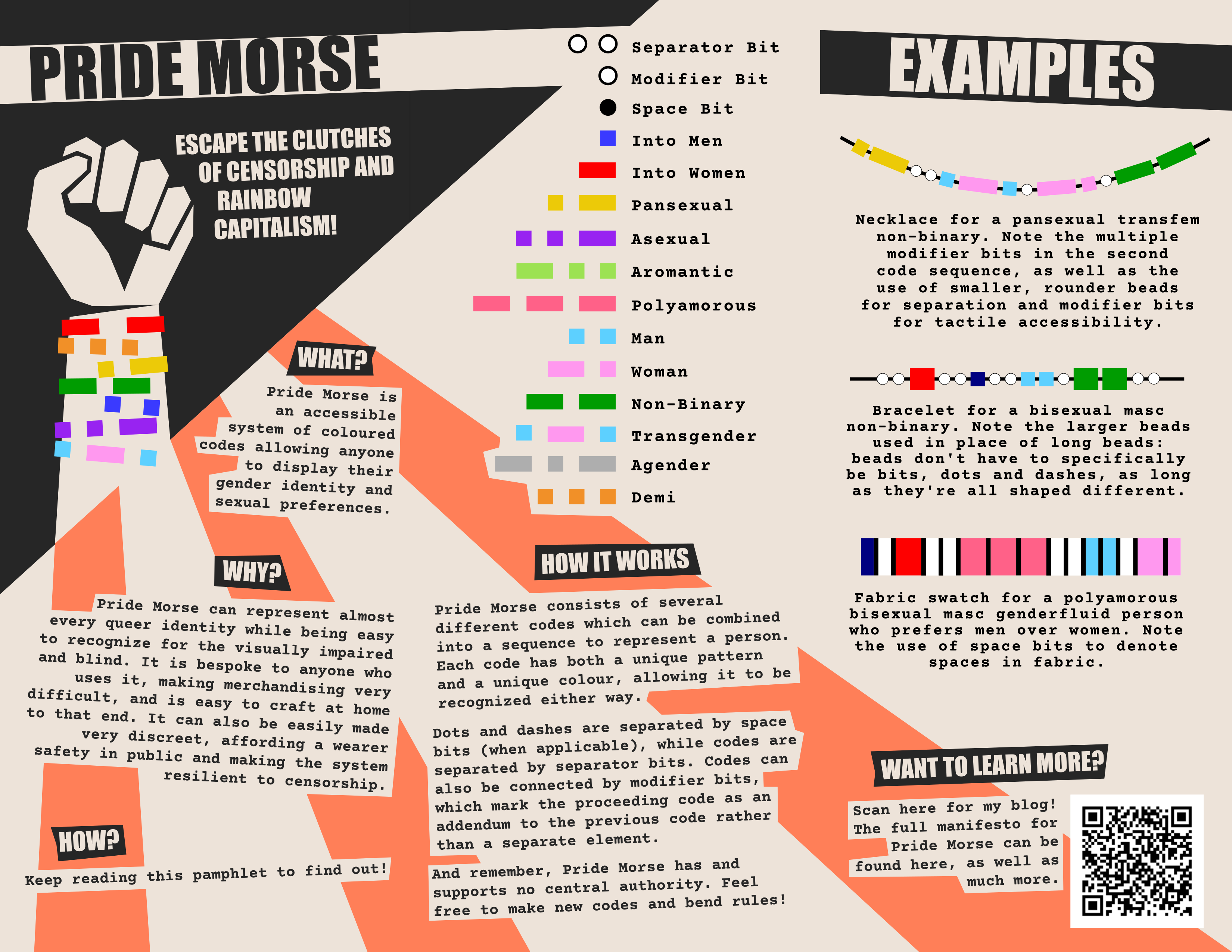
A preliminary system of my own conception, designed with the help of the Zeta Delta Xi local co-ed fraternity (whose brotherhood is famously gay and trans), Pride Morse is a system of modular colour assisted dot-dash codes which can be implemented on a wide variety of mediums to display a wearer’s gender identity and preferences.
Pride Morse’s name is quite straightforward—its use of dots and dashes as its primary means of sequencing is very similar to the traditional morse code used in communication and telegraphy. However, in addition to having additional characters in the form of modifier and separator bits, it also makes use of unique colours for each code, giving it informational redundancy for those who are unable to distinguish either a Pride Morse sequence’s pattern or colour. Accessibility is a key consideration here, and in fact an ideally arranged sequence (as in the example bracelet and necklace) can be read solely through its tactile imprint in a manner similar to Braille.
Functionally, then, Pride Morse is very similar to the hanky code in signalling individual elements of a wearer’s preferences and identity, only put toward a more generalized purpose. Its use of modifiers (in a way actually quite remniscent of a grammatical system!) also allows a significantly greater degree of diversity and complexity which helps it represent the individualized nuances of almost any given individual, even potentially non-queer identifying people.
Pride Morse’s differences, however, lie not only in the information it conveys, but also in the versatility and resulting resilience of its implementation. Unlike something like handkerchiefs, a worn accessory bearing Pride Morse can be made arbitrarily discreet or visible according to the wearer’s desire thanks to the system’s abstracted nature. This abstraction also makes it easily replicable while at once protecting it against appropriation. While the system was designed with beaded jewelry and fabrics as primary considerations, anyone may adapt its basic patterns into any manner of worn accessories such as embroidery patterns or painted clothing. The easily recognizable yet limitlessly varied appearance of Pride Morse also means its cannot—at least feasibly in its entirety—be given a new and unrelated meaning which supercedes the original.
Perhaps just as importantly, too, it is an extremely difficult target for hostile legislation to ban. Just like the queer people it hopes to help, Pride Morse is ever shifting from person to person, and it is always present no matter how hidden or flamboyant; just like us it is always here, can always be here, and can never be taken away.
That about wraps up all I've got for today. However, I have printed out several copies of the pamphlet above and handed them out around campus, and I'll make an update post in around a week reporting how it goes. See you then!~ :3

